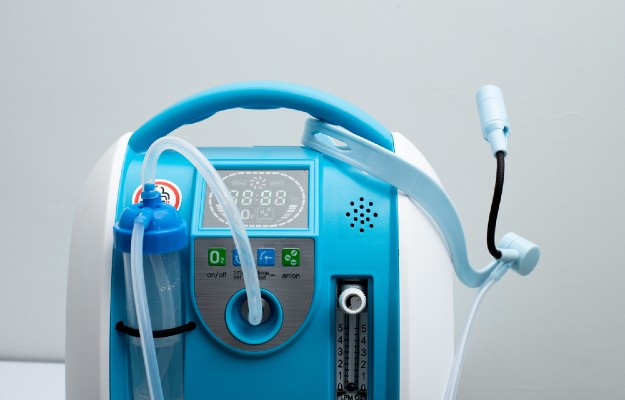To further reduce the timeline for the vaccine, scientists are now proposing what is called human challenge trials.
The WHO defines human challenge trials as studies in which volunteers are intentionally infected with an infectious microbe. This could either be done for the purpose of vaccine development or to better understand various characteristics of the microbe.
A human challenge trial may have one of the following aims:
- To understand the symptoms and transmutability (how quickly, for how long and in what ways a disease spreads) of the disease.
- To find out how the human immune system reacts to a pathogen and what all the vaccine needs to do to protect the person against the disease.
- To determine various aspects of a phase 3 trial like the endpoints (what they are trying to achieve with the trials) and other aspects of a phase 3 study design.
- To eliminate the ineffective vaccine candidates and to take the best candidates to efficacy trials.
Human challenge trials (if done) would rule out the need for the third phase of vaccine development and hence the vaccine may be made available much more quickly than what is being expected.
With human challenge trials, a request for a licence can be submitted a bit earlier, which would even further the process.
However, there are various ethical, moral and safety concerns that need to be considered before the scientists can conduct human challenge trials.
For example, a challenge trial in humans cannot be done for an infectious disease that has a high fatality rate or for which there is no known treatment or a way to manage it.
In case a challenge trial is to be done, the research team conducting a challenge trial has to ensure that only consenting people are enrolled in the study and those that do enrol get proper treatment in case they get the disease. The type of people to be chosen as volunteers would also be determined to ensure that they are not one of the at-risk people for severe infection from the said organism.
The organism used for the trial may either be an attenuated (weak) version of the microbe that is causing the disease or some genetically modified form of the organism.
Human infection studies have been previously done on diseases like malaria, cholera, norovirus, influenza and dengue.
A proposed model of human challenge trials for SARS-COV-2
A recent study published in the Journal of Infectious diseases had proposed a study design for the human challenge trials for SARS-COV-2 virus. Here is a gist on what the trial could be like:
- A group of healthy people (volunteers) would be chosen from a population at high risk of exposure to the virus - this may include people from high-risk areas in a country.
- All of the chosen volunteers may be in the age group of 20-45 who are likely to get only a mild case of COVID-19 and are hence unlikely to die from the disease.
- Before enrolling them in the study, all the candidates would be asked for their consent and will be informed of the risks of the study. Only consenting candidates would be selected for the study.
- To chose people who have not already previously or recently been infected, all the participants in the challenge group will be kept in clinical isolation for at least 2 weeks (or less) to check if they have already developed antibodies against the virus - this would be determined with serological testing.
- Those who already have antibodies would then be excluded leaving those who have never ever been exposed to the virus.
- After this, the challenge group with previously uninfected people will be exposed to the virus so they develop the disease with the same severity as they would get in a natural setting. This could be done by comparing the challenge group with that of a group of people (of the same age group) who got the infection naturally.
- Next, all the people in the challenge group will be randomly given either the candidate vaccine or a placebo.
- The scientists will monitor the group to see if those who got the vaccine had a different immune response than those who did not.
- The vaccine schedule, dosage, safety etc would be decided before conducting the challenge trial.
- Because some volunteers may show symptoms of the disease, the study would have a set criteria for specific endpoints after which volunteers would be sent for treatment and the study would be concluded. This could be viral load or the amount of virus present in the person’s body. After the viral load exceeds a certain point it would be decided that the person needs treatment. Viral loads would hence need to be monitored daily by taking nasopharyngeal swabs of the volunteers. The endpoint of the study could also be the total number of volunteers who got the infection.
- To determine the efficiency of the vaccine serological studies could be done.
- Those who get the infection would be treated in state of art facilities and be given priority based treatment.
- All the candidates would be kept in isolation until the infection is ruled out.
After this trial succeeds, the testing can be scaled up to thousands of people in a natural setting. All the people would be monitored to notice the effectiveness and safety of the vaccine. This study can be done on at-risk populations - the elderly, those with chronic diseases and immunocompromised people.
Both these studies together would be enough to grant a licence to the company.
Read more: WHO's Solidarity trials




























